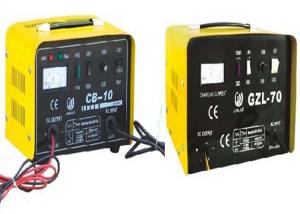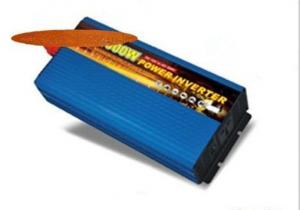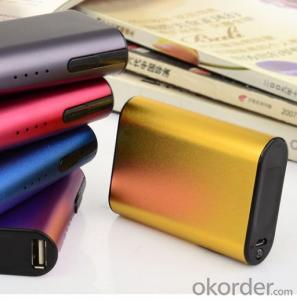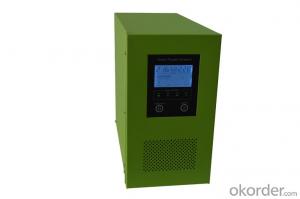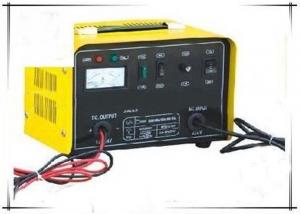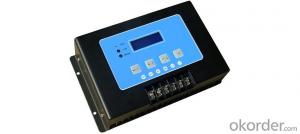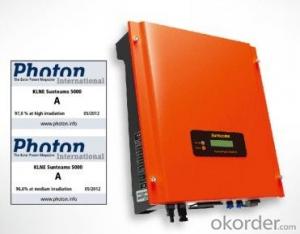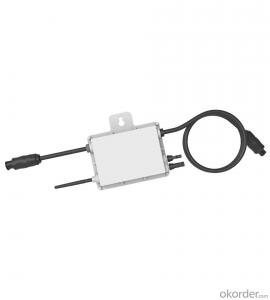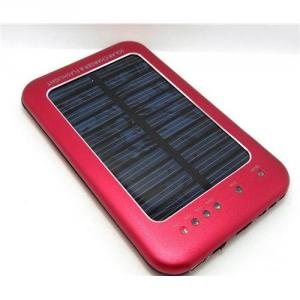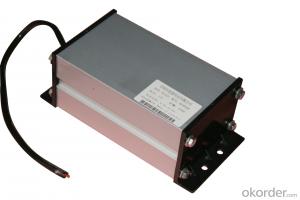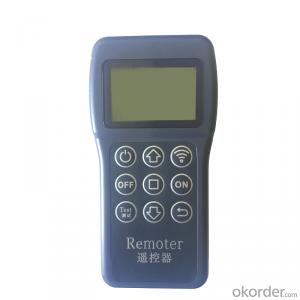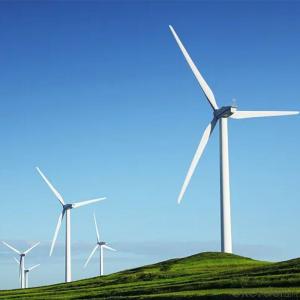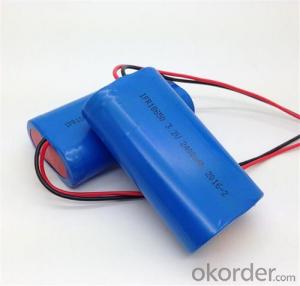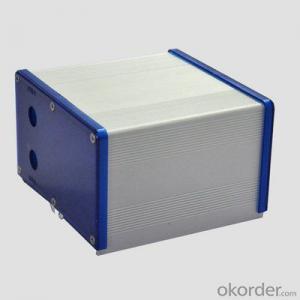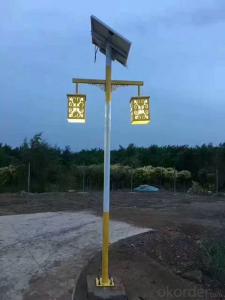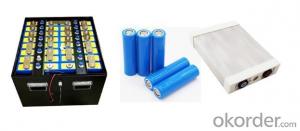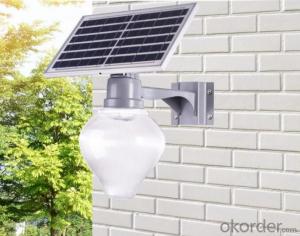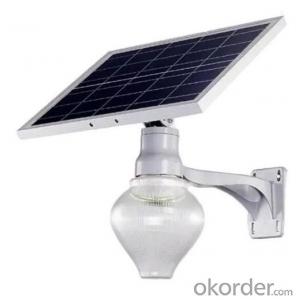Solar Power Inverter Charger
Solar Power Inverter Charger Related Searches
Solar Inverter Charger Solar Charger Inverter Inverter Charger Solar Power Inverter Solar Charger Inverter Battery Solar Charger Solar Charge Inverter Solar Charger For Inverter Hybrid Solar Inverter Charger 12v Solar Inverter Charger Solar Inverter Charger 12v Solar Power Battery Inverter 12 Volt Solar Inverter Charger Solar Charger With Inverter Solar Inverter Chargers Charge Inverter Battery Solar Best Solar Inverter Charger Solar Inverter Charger 24v Solar Power Inverter Battery Solar Inverter Charger 48v 24 Volt Solar Inverter Charger 24v Solar Inverter Charger Powmr Solar Inverter Charger Inverter With Solar Charger Hybrid Solar Charger Inverter Solar Energy Power Inverter Hybrid Inverter Charger Solar Solar Battery Inverter 48v Solar Inverter Charger Solar Inverter Charger Price Inverter Charger Solar SystemSolar Power Inverter Charger Supplier & Manufacturer from China
Solar Power Inverter Charger is a versatile product that combines the functionalities of a solar charger and an inverter, making it an essential device for harnessing solar energy and converting it into usable power. This compact and efficient device is designed to charge batteries and power various electrical appliances, making it an ideal solution for both indoor and outdoor power needs.The Solar Power Inverter Charger finds its application in a wide range of scenarios, from camping and outdoor adventures to emergency preparedness and backup power solutions. It is particularly useful in areas where access to traditional power sources is limited or unreliable, providing a reliable and eco-friendly alternative. Users can harness the power of the sun to charge their devices, such as smartphones, laptops, and other electronic equipment, ensuring that they stay connected and powered up even in remote locations.
Okorder.com is a leading wholesale supplier of Solar Power Inverter Chargers, boasting a large inventory of high-quality products to meet the diverse needs of customers worldwide. By offering a wide selection of models and specifications, Okorder.com ensures that customers can find the perfect Solar Power Inverter Charger to suit their specific requirements. With competitive prices and reliable service, Okorder.com is the go-to destination for those seeking to purchase Solar Power Inverter Chargers in bulk.
Hot Products

